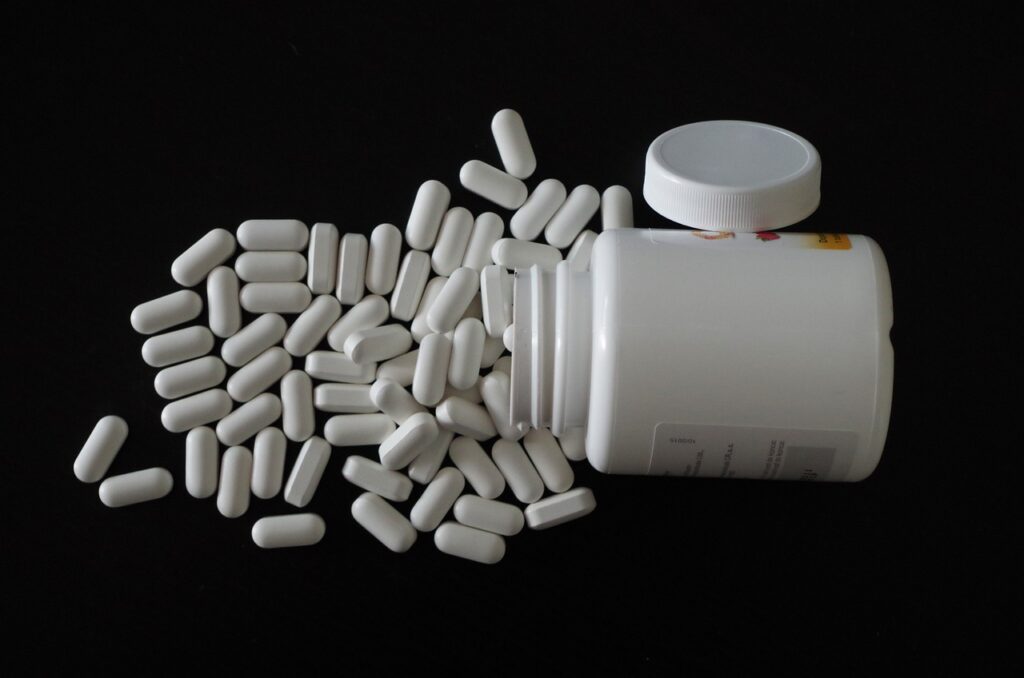
The pharmaceutical industry, a bastion of human health, has long grappled with a stark environmental paradox. While its mission is to heal, its reliance on traditional plastic packaging has left an undeniable mark on the planet. Landfills overflow with discarded blisters and vials, oceans choke on microplastics, and the carbon footprint of virgin plastic production casts a long shadow. However, amidst this ecological dissonance, a quiet revolution is brewing – recycled plastic BRC (Blow-Recycle-Compartmentalized) packaging is emerging as a beacon of hope, offering a sustainable and responsible alternative that promises to rewrite the narrative.
BRC packaging, with its unique and versatile design, is specifically tailored for the pharmaceutical industry’s stringent needs. Imagine a multi-compartmentalized container, each chamber meticulously molded from post-consumer recycled plastic (PCR), often the ubiquitous polyethylene terephthalate (PET) we know from water bottles. This seemingly simple shift from virgin plastic to RPET holds the key to unlocking a cascade of environmental benefits:
- Reduced Footprint, Glowing Green: RPET production breathes new life into discarded plastic, repurposing waste into valuable resources. This not only diminishes dependence on virgin fossil fuels, the lifeblood of traditional plastic, but also drastically cuts carbon emissions associated with its extraction and processing. Compared to its virgin counterpart, RPET boasts a significantly lower environmental footprint, a testament to the industry’s evolving commitment to sustainability.
- Resource Efficiency, A Closed-Loop Symphony: By recycling existing plastic, BRC packaging minimizes the need for virgin resources, precious minerals and fossil fuels that would otherwise be extracted from the Earth’s delicate skin. This not only conserves natural treasures but also mitigates the environmental strain associated with their extraction and processing. Imagine a world where plastic waste dances in a closed-loop waltz, continuously transforming into new packaging, minimizing landfill accumulation and maximizing resource utilization.
- Sustainability’s Symphony, Echoing in Every Compartment: BRC packaging’s design goes beyond mere aesthetics. Its compartmentalized structure facilitates efficient disassembly and sorting, ensuring that each plastic component finds its way back into the recycling stream. This fosters a closed-loop system where plastic’s journey is not a one-way ticket to oblivion, but a continuous cycle of rebirth, minimizing waste generation and maximizing resource utilization.
But the benefits of RPET BRC packaging extend far beyond environmental accolades. For pharmaceutical companies seeking to navigate the ever-changing landscape of business and consumer values, this innovative packaging offers a potent cocktail of practical advantages:
- Cost-Effectiveness, A Green Balancing Act: As RPET production scales and technology matures, its cost is rapidly becoming competitive with virgin plastic. This makes BRC packaging a financially viable option for pharmaceutical companies seeking to embrace sustainability without compromising on their bottom line. In a world where profit and purpose increasingly intertwine, RPET BRC packaging offers a harmonious balance, allowing companies to be both green and fiscally responsible.
- Performance Uncompromised, The Green Pill Guarantees Efficacy: RPET doesn’t compromise on performance. This recycled wonder retains the essential properties of virgin plastic, ensuring the integrity and efficacy of pharmaceutical products. It provides excellent barrier protection against moisture, light, and oxygen, safeguarding the quality and potency of medications, a crucial aspect in an industry where patient safety reigns supreme.
- Safety Reinvented, A Multi-Layered Shield for Health: BRC packaging’s compartmentalized design goes beyond aesthetics. It offers enhanced safety features, reducing the risk of medication mix-ups and accidental ingestion, a critical concern in an industry where patient safety is paramount. This aligns perfectly with the pharmaceutical industry’s unwavering commitment to medication adherence and minimizing potential harm.
The adoption of RPET BRC packaging in pharmaceuticals is not merely a shift in packaging material; it is a transformative step towards a more sustainable future. It signifies a conscious decision to break free from the shackles of environmental irresponsibility and embrace a new era of responsible resource management and environmental stewardship. As awareness grows and technology advances, RPET BRC packaging has the potential to become the industry standard, paving the way for a greener and healthier pharmaceutical landscape. So, the next time you reach for a medication, choose the green pill. Choose RPET BRC packaging. Choose a future where health and sustainability go hand in hand.


